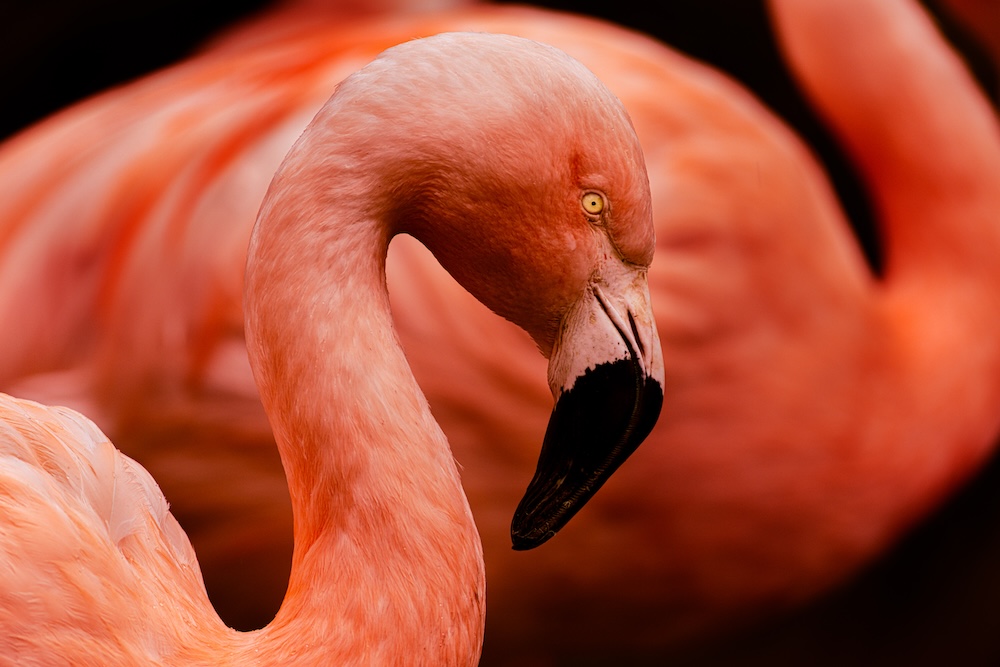While paintings and sculptures continue to make headlines with their staggering prices, savvy collectors are increasingly discovering rare and historical photography as an attractive investment opportunity. No longer viewed as art’s lesser cousin, photography has established itself as a powerful asset class, with masterworks now regularly selling for millions at prestigious auctions.
The appreciation of photography collections as an investment
The trajectory of photographic art values tells a compelling story of remarkable growth:
- Andreas Gursky’s “Rhein II” sold for £2.7 million in 2011, setting a record for photography at auction.
- Cindy Sherman’s “Untitled #96” commanded £2.4 million that same year.
- Contemporary photographers like Zanele Muholi and Tyler Mitchell have seen their work appreciate substantially.
- Early collectors often enjoy returns outpacing many traditional investment vehicles.
- Many collections increasing in value tenfold within a five-year period.
These are not isolated examples but clear indicators of photography’s ascendance as a serious investment requiring appropriate protection.
Unique insurance considerations for photography collections
Photography presents distinctive challenges separating it from other collectibles:
Editioning complexities
- Unlike paintings, photographs typically exist in limited editions.
- Edition size significantly impacts valuation.
- Artist proofs carry different values than standard editions.
- First prints command higher premiums than later prints.
- Edition numbering affects insurance considerations.
Material vulnerabilities
- Photographic works show particular susceptibility to environmental damage.
- Light exposure causes irreversible fading in even modern prints.
- Humidity fluctuations lead to paper warping or mould formation.
- Temperature variations can compromise print stability.
- Even archival materials require meticulous care maintenance.
Provenance challenges
- The reproducible nature creates unique authentication concerns.
- Establishing ownership history proves essential for verification.
- Digital technologies have complicated authentication processes.
- Certificates of authenticity require secure storage.
- Auction records provide crucial valuation benchmarks.
The essential role of specialist insurance
Standard household policies cannot address the nuanced requirements of fine art photography collections. The market demands specialised cover:
- Common cover gaps to avoid – Many collectors discover crucial protection gaps only after an incident occurs, typically finding outdated valuations, inadequate transportation cover during vulnerable periods, and standard policies that exclude light and environmental damage (the primary threats to photographs). These policies often provide insufficient restoration options and minimal cover for the contemporary printing processes.
- Future-proofing your photography collection – We recommend regular reappraisals to ensure your insurance cover matches the value of your collection. Forward-thinking collectors must anticipate market dynamics, including emerging artists whose values can skyrocket overnight and evolving authentication technologies that continuously transform how provenance is established and verified.
- Beyond financial protection – While financial protection forms the foundation of cover, truly comprehensive insurance extends beyond simple replacement values. The best policies focus on restoration rather than replacement. When claims occur, specialised handling by photography experts ensures proper care, ultimately providing the confidence that allows collectors to enjoy their investments without unnecessary worry or concern.
At James Hallam, we see photography not just as an alternative investment, but as a true passion. That is why we are dedicated to protecting these collections with the care they deserve. In a world full of uncertainty, specialist insurance offers peace of mind, helping ensure these treasured pieces are preserved for the next generation of collectors and enthusiasts.












